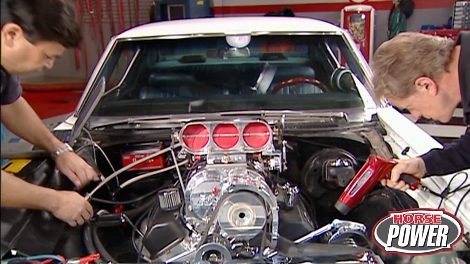
'69 Chevelle Blower
We're elevating the power of our 1696 Chevelle by integrating top-tier blower technology, first popularized on America's drag strips, into everyday street use.
Season 9
Episode 11
Hosts: Joe Elmore, Chuck Hanson, Mike Galley
First Air Date: June 1, 2015
Duration: 19 minutes 43 seconds




























